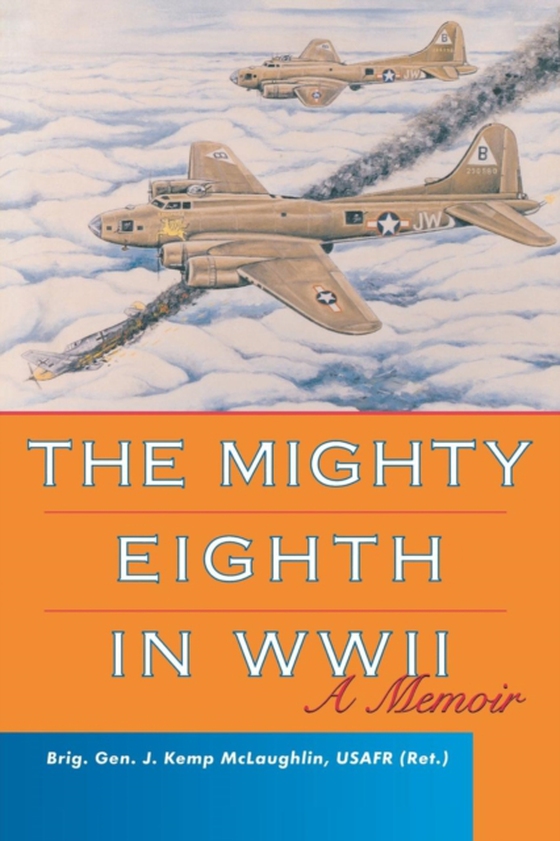
Mighty Eighth in WWII e-bog
875,33 DKK
(inkl. moms 1094,16 DKK)
On an early morning in the fall of 1942, Kemp McLaughlin's group set out for a raid on a French target. Immediately after dropping its bombs, McLaughlin's plane was hit. A huge fire burned a four-foot hole in his wing, his waist gunner bailed out, his radio operator was wounded, the plane lost all oxygen, and his pilot put on a parachute and sat on the escape hatch, waiting for the plane to exp...
E-bog
875,33 DKK
Udgivet
17 februar 2014
Længde
248 sider
Genrer
1DFG
Sprog
English
Format
pdf
Beskyttelse
LCP
ISBN
9780813145730
On an early morning in the fall of 1942, Kemp McLaughlin's group set out for a raid on a French target. Immediately after dropping its bombs, McLaughlin's plane was hit. A huge fire burned a four-foot hole in his wing, his waist gunner bailed out, his radio operator was wounded, the plane lost all oxygen, and his pilot put on a parachute and sat on the escape hatch, waiting for the plane to explode. And this was only McLaughlin's first sortie. McLaughlin went on to pilot the mission command plane on the second raid against Schweinfurt, the largest air raid in history, which resulted in the destruction of 70 percent of German ball bearing production capability. McLaughlin also participated in the bombing of heavy water installations in Norway. The Mighty Eighth in WWII also includes the stories of downed pilots in France and Holland who traveled under the cover of night through the countryside, evading the Nazis who had seen their planes go down. As a group leader, McLaughlin was responsible for the planning and execution of air raids, forced to follow the directives of senior (and sometimes less informed) officers. His position as one of the managers of the massive sky trains allows him to provide unique insight into the work of maintenance and armament crews, preflight briefings, and off-duty activities of the airmen. No other memoir of World War II reveals so much about both the actual bombing runs against Nazi Germany and the management of personnel and material that made those airborne armadas possible.
 Dansk
Dansk

